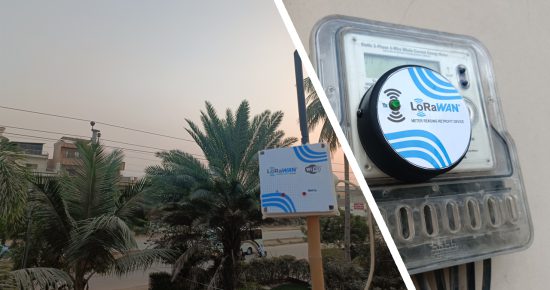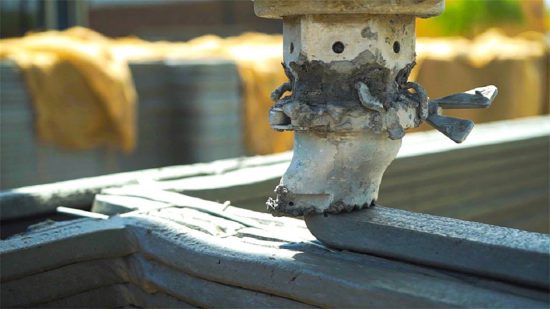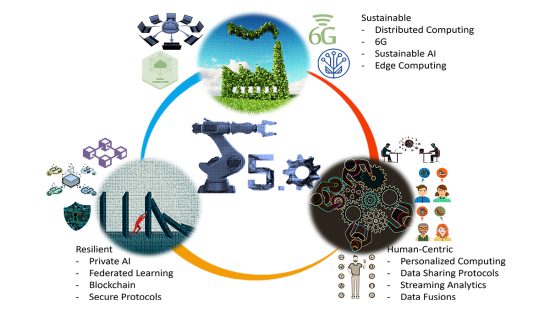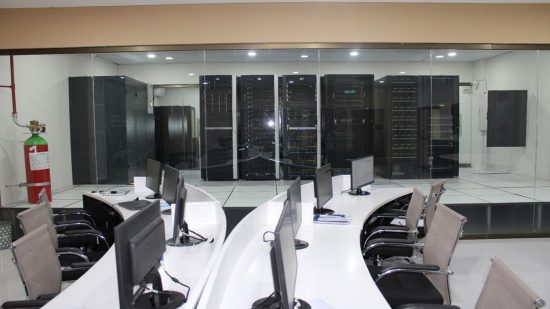Breaking Language Barriers: Revolutionizing Safety Training for Construction Workers in Regional Languages
As the saying goes, “safety first,” applies to every work industry globally, especially in construction. The construction industry is one of the most hazardous industries globally, and Pakistan is no exception. Pakistan is the sixth most populous country in the world, with over 220 million people. Out of this population, a significant number work in…
![]()






